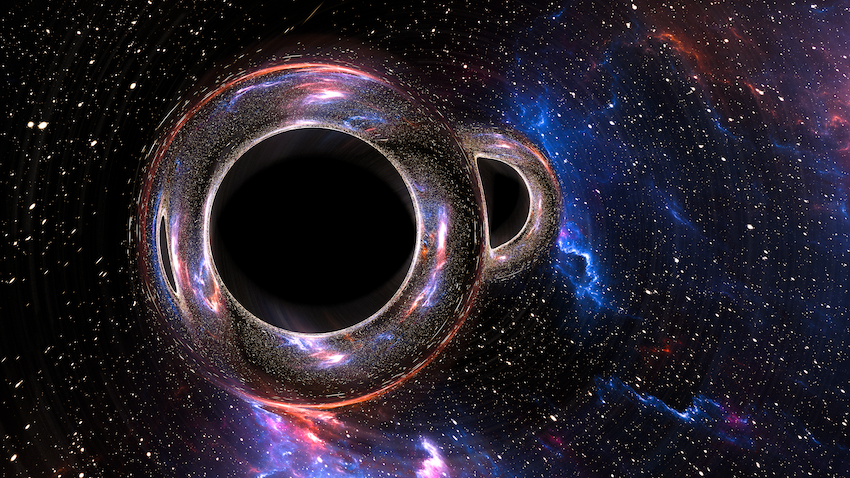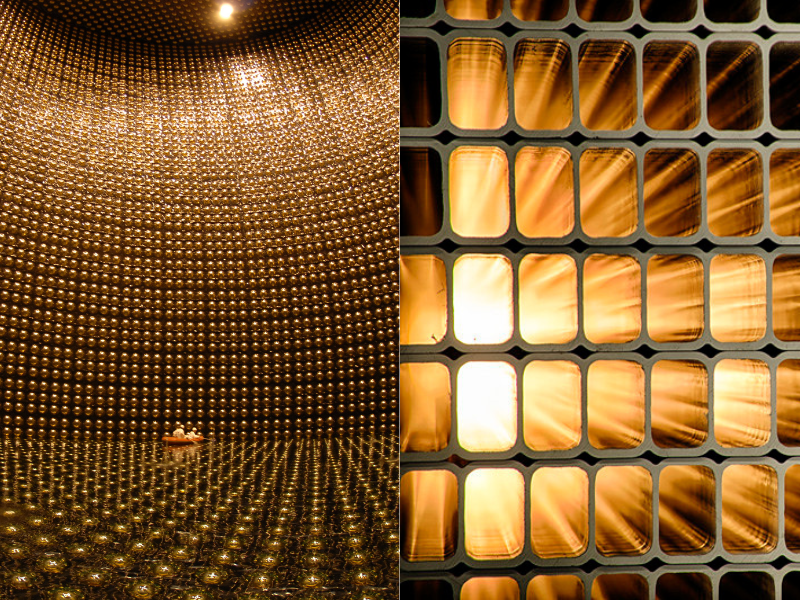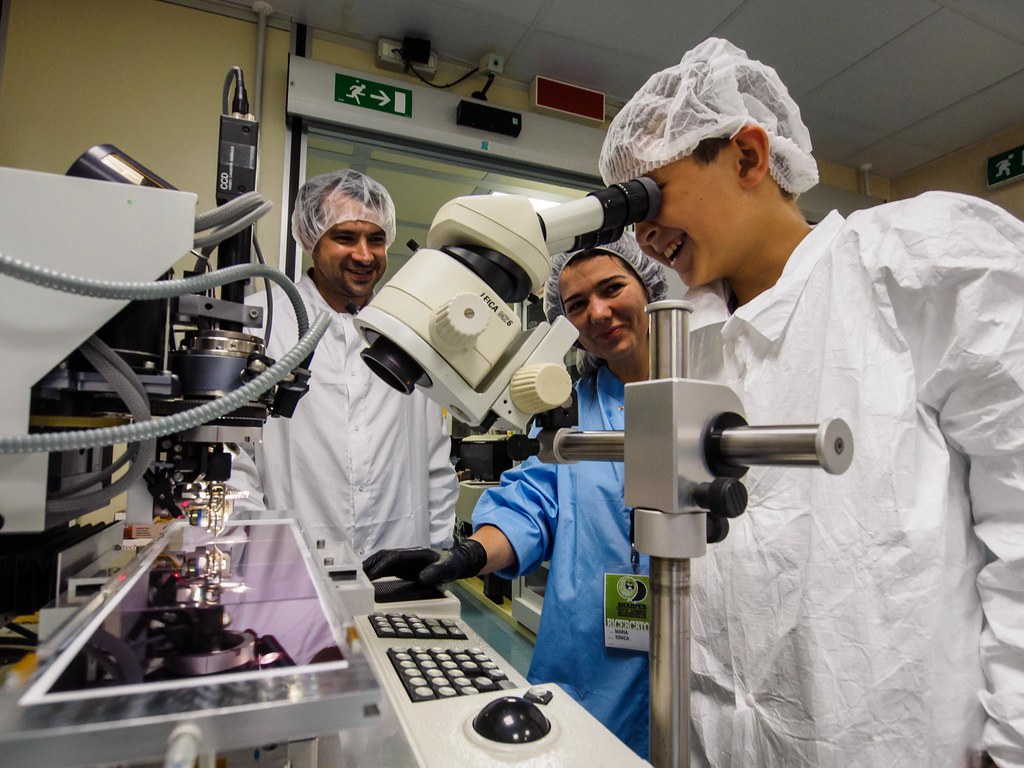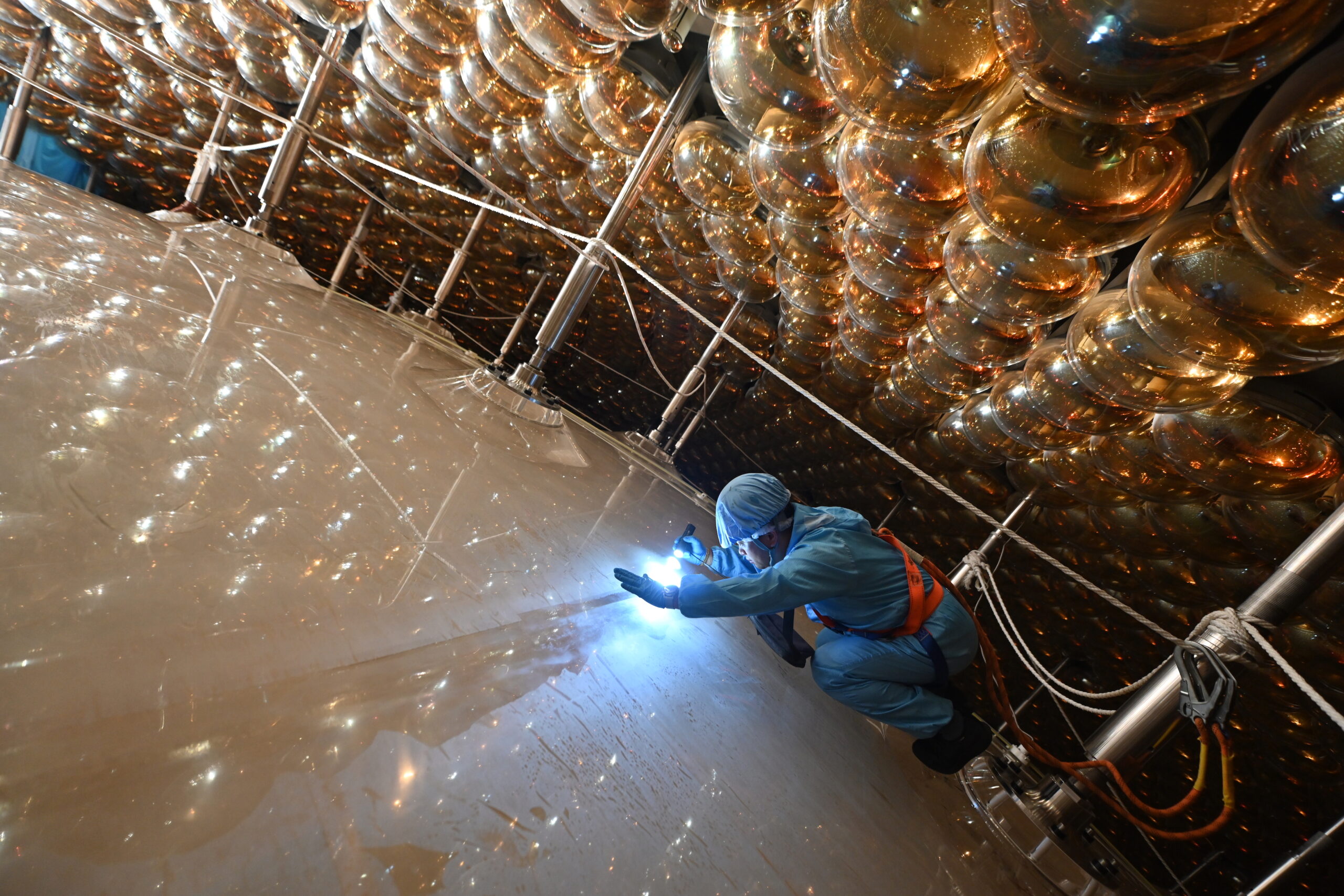On August 26, the JUNO experiment (Jiangmen Underground Neutrino Observatory), a large underground neutrino observatory in south-eastern China, in which INFN is also involved, completed the filling of its 20,000 tonnes of liquid scintillator that form its operational core, and has now begun data acquisition. Among the new large-scale, next-generation neutrino experiments, JUNO is the first to successfully complete construction. Initial operations and preliminary analyses show that the detector’s key performance indicators have been fully met, and in some cases exceeded. This will allow the experiment to resolve one of the most pressing dilemmas in neutrino physics: by exploiting the well-established phenomenon of neutrino oscillations, JUNO will determine the mass ordering, i.e. whether the third type of neutrino is heavier or lighter than the other two.
“It is important to stress that stringent requirements for ultra-high radiopurity and transparency have been fully achieved, both for the water and for the liquid scintillator”, notes Paolo Lombardi from the INFN Milan division, who led the group operating the scintillator treatment plants throughout the filling process. “The purification systems we designed and installed – Lombardi adds – have worked perfectly, proving crucial in reaching and maintaining the extremely high scintillator quality required for JUNO’s scientific success”.
Located 700 metres underground near the city of Jiangmen in Guangdong province, JUNO observes neutrinos produced by the Taishan and Yangjiang nuclear power plants, 53 kilometres away, measuring their energy spectrum with high precision. Compared with other similar experiments, JUNO can determine the neutrino mass ordering without experimental ambiguities, thanks to the relatively short baseline, and thus reduced interaction of the neutrino flux with the Earth’s matter, and its independence from secondary parameters that generally influence oscillations, but play no role in JUNO’s functioning.
In addition, by studying mass ordering, JUNO will collect data that will also enhance our quantitative knowledge of the neutrino oscillation process, substantially improving the precision of three of its governing parameters. Its broad physics programme will also include cutting-edge research on supernova neutrinos, solar neutrinos, geoneutrinos, and on the possible validity of non-standard hypotheses, such as sterile neutrinos and proton decay.
The JUNO experiment was proposed in 2008 and approved by the Chinese Academy of Sciences (CAS) and the Guangdong Province in 2013. INFN joined the initiative in 2014, being the first among foreign institutes currently involved. Construction of the underground laboratory began in 2015, while installation of the detector, which started in December 2021, was completed in December 2024, immediately followed by filling first with ultra-pure water, then with liquid scintillator.
During the first filling phase, a total of 60,000 tonnes of ultra-pure water were introduced into the apparatus over 45 days, with a controlled level difference of just a few centimetres between the inside and outside of the acrylic sphere at the detector’s centre, and flow uncertainty kept below 0.5%, thus ensuring the structural integrity and safety of the apparatus. Over the following six months, 20,000 tonnes of liquid scintillator were inserted into the detector’s core, the 35.4-metre-diameter acrylic sphere, replacing the temporarily present pure water.
Throughout the filling process, work was carried out in parallel to finalise all operational aspects of the apparatus, particularly the entire data acquisition chain, in a collaborative effort involving the whole collaboration. Thanks to this, it was possible to seamlessly move from the filling phase into operational data taking.
“Thanks to the immense effort of the scientific collaboration in filling and tuning the experiment, as soon as the last drop of scintillator entered the apparatus, JUNO embarked on its journey towards the many physics goals of its programme, starting with neutrino mass ordering”, emphasises Gioacchino Ranucci, deputy international spokesperson of the collaboration, head of the Italian group and coordinator of the European groups within JUNO. “The INFN group has made a decisive contribution to the promising performance observed during commissioning: a contribution that, beyond the crucial scintillator purification, also includes the development of important parts of the electronics, the control and minimisation of radioactive backgrounds, and computing. Our group’s commitment will now continue in data analysis, in which we are already actively involved”.
Features of the experimental apparatus. The heart of the JUNO experiment is a 35.4 m-diameter acrylic vessel containing 20,000 tonnes of liquid scintillator, located at the centre of a 44-metre-deep water pool within an underground experimental hall. The acrylic vessel is supported by a 41.1-metre-diameter stainless steel lattice shell, which also houses 20,000 20-inch photomultiplier tubes (PMTs), 25,600 3-inch PMTs, along with the rest of the instrumentation including front-end electronics, cables, coils for compensating the Earth’s magnetic field, and light separation panels. All PMTs operate simultaneously to capture the scintillation light produced by neutrino interactions inside the scintillator and convert it into electrical signals. During construction, numerous unprecedented milestones were achieved, such as a high-performance PMT characterised by innovative design, both in structure and electronic amplification. Other technological achievements include the development of explosion-proof and waterproof PMT housings; the aforementioned high-efficiency purification system producing radio-pure scintillator with a light attenuation length exceeding 20 metres; and innovative underwater electronics with aerospace-grade reliability using commercially available components.
The scientific life of JUNO will span at least 30 years, with possible upgrades to the apparatus after the mass ordering measurement.
JUNO is a highly international project, managed in China by the IHEP institute, with which INFN has a long-standing tradition of cooperation, and involving over 700 researchers from 74 institutions in 17 countries and regions. INFN participates through its divisions in Catania, Ferrara, Milan, Milan Bicocca, Padua, Perugia, Roma Tre and with the National Laboratories of Frascati.






